Great western: The best places to live west of London, from Cirencester and Salisbury to Corsham and Bath
Commuters, welcome to the West Country (just). Eleanor Doughty explores the best places to buy a house between one and two hours from London in Wiltshire, Gloucestershire and Somerset

It has long been said that west is best — and, with increasingly flexible working provisions, going way out west no longer means stopping at Charlbury, Oxfordshire. Welcome to the West.
‘There is a perspective that the north Cotswolds is an easier commute to London, but we’re not bad out here in south Gloucestershire,’ says Sebastian Hipwood, co-founder of Blue Book Agency. Even if the rail fares can be more expensive, he adds, ‘many of our buyers are willing to take that on the chin on the basis that you are in a beautiful part of the Cotswolds, getting better value for money than being closer to London.’
This is part three of a series of articles looking at the new commuter hotspots. The previous two articles can be found here (north) and here (south)
Moreton-in-Marsh
The opening up of life beyond Charlbury brings into focus long-term second-home favourite Moreton-in-Marsh and the surrounding villages of Great Wolford, Paxford and Little Compton, all of which, says Harry Gladwin, partner at The Buying Solution, are ‘extremely sought after by those who don’t need to be in London every day’.
Mr Hipwood hails from Badminton near Chipping Sodbury, Gloucestershire, where he lives on the Duke of Beaufort’s estate. Badminton, he says, is a ‘slice of heaven — there’s something about it that gives you a hug when you drive in’. And the commute is fine, he says: first, a 20-minute drive to the Wiltshire town of Chippenham, from which the trains are every half an hour into Paddington and take just over an hour. Badminton itself is not an easy place to find a property, but on the other side of the M4 is Castle Combe, described by Daniel Rowland, regional partner at Garrington Property Finders, as ‘perhaps the most photographed village in the south of Englamd, one of the prettiest villages you could ever dream of’. Here, £625,000 buys you a Grade II-listed semi-detached three-bedroom house.
What you could get: Wiltshire, £1.4 million

Prebendal Farmhouse in Bishopstone, seven miles from Swindon, has the whole package. It’s elegant and well proportioned, with five bedrooms, a cellar and four bathrooms, and set in a little more than 3½ acres, which include large mature gardens and a paddock, as well as a brick garage block. Close to the centre of this popular village, which is home to Helen Browning’s Royal Oak pub, it takes in the unspoilt north Wiltshire countryside.
Sign up for the Country Life Newsletter
Exquisite houses, the beauty of Nature, and how to get the most from your life, straight to your inbox.
Corsham
Six miles to the south-east is the pretty town of Corsham in Wiltshire, which represents excellent value for money, says Mr Rowland, as it is ‘not anywhere near as expensive as the Cotswolds’. In Corsham, the average house price is £356,766 and £750,000 will stretch to a rarely spotted detached four-bedroom house a short walk from the high street. However, there’s still scope for big values: Inigo is currently marketing a picturesque farmhouse in Lower Rudloe for £2.6 million.
Nearby, Corsham Court is set in Capability Brown parkland and Mother & Wild’s sourdough pizza in the centre of town comes highly recommended. For schools, residents are spoilt for choice: Heywood Prep feeds Dauntsey’s in West Lavington and the Bath schools include Prior Park College. The state offering includes Hardenhuish in Chippenham.

Cirencester
Back into Gloucestershire, 25 miles north of Corsham stands Cirencester, the capital of the Cotswolds. This has long tempted those looking for the best of the West, but perhaps was not always considered a commutable prospect. Cirencester may not have its own railway station, but Kemble, on the main line from Cheltenham to Paddington, is only five miles away.
‘I live six minutes away from Kemble and [with barely any traffic] I know it will take six minutes to get there,’ says Sam Trounson, director of Strutt & Parker Cirencester. The perks of living in Cirencester or its environs, where the average house price is a little over £400,000, are legion — the town is hardly a well-kept secret. But prime among them is the proximity of Cirencester Park, home since 1700 of the Bathurst family. Residents within selected Gloucestershire postcodes can apply for the Cirencester Park Community Pass, giving free access to the park on foot, and those wishing to ride in the park can do so for a £123 annual fee.
There’s also a thriving high street and the happiness factor: Cirencester was voted one of the top 10 happiest places to live in the country last year. Buyers remain drawn to Cotswold towns such as Cirencester on their journey west, not only for their well-noted beauty, but because, says Mr Trounson, ‘they have retained their identities — Cirencester, Tetbury, Stow-on-the-Wold and Malmesbury are very much their own places where there’s enough to give you a fairly urban vibe, but they’re still country towns’.
Each of these, and their surrounding villages, work well for a flexi-commute, too. For Tetbury and Malmesbury, use Kemble station and for Stow, use Moreton, all less than 10 miles away. ‘At Kemble station, you always see someone you know,’ Mr Trounson adds, ‘as you do if you walk through the marketplace in Cirencester.’
What you could get: Wiltshire, £990,000

The Old Forge, an extended cottage with three bedrooms and two bathrooms, is set in the charming hamlet of East Hatch, within the Cranborne Chase and West Wiltshire Downs National Landscape, two miles from Tisbury. Beautifully modernised, the building is not listed—which may better allow for further amendments to be made if required. Shaftesbury is only eight miles away and the Avon, Test and other chalkstreams offer plenty of opportunities for fishing locally.
Bath
The historic city of Bath, Somerset — small, walkable and safe — is a handy 80–90 minutes on the train from Paddington. This UNESCO World Heritage Site, says Matthew Leonard, director of Winkworth Bath, is a ‘box-ticker’, with outstanding schools, architecture to die for and superb amenities, including ‘the Rec’, home of Bath Rugby, Royal Victoria Park and the outstanding shopping provision. Plus, adds Mr Leonard, ‘it’s practically crime free and a very good place to bring up children’.
As a result, Bath commands rather a premium; the average house price is almost £600,000 and one of its famous townhouses will set you back a few million. Head for the two prime spots of Lansdown, north of the Avon, for large detached houses and Bathwick Hill to the south for listed Regency villas. If the city, where paddle-boarding on the Avon is growing in popularity, is lacking in anything, says Mr Leonard, it’s employment — but ‘if you can get a London job and live in Bath, it’s the perfect situation’.
Bath is many things, but not always good value for money. Happily, this can be found elsewhere in the West Country. In the Cranborne Chase National Landscape, the standout star is the Wiltshire village of Tisbury — ‘lovely, with its own railway station,’ says Mr Rowland. Trains run direct into London Waterloo in about two hours, making it a reasonable prospect for commuters.
The average house price is a bit under £450,000 and just over half a million will buy you a cottage in the Nadder Valley. There’s plenty more to recommend it, with a charming, intact high street with independent wine merchants Gardner & Beedle, a popular deli and a fishmonger. Beyond the town centre, Longleat and Stourhead can be sought within half an hour and superb pubs abound, especially the Beckford Arms at Fonthill Gifford.
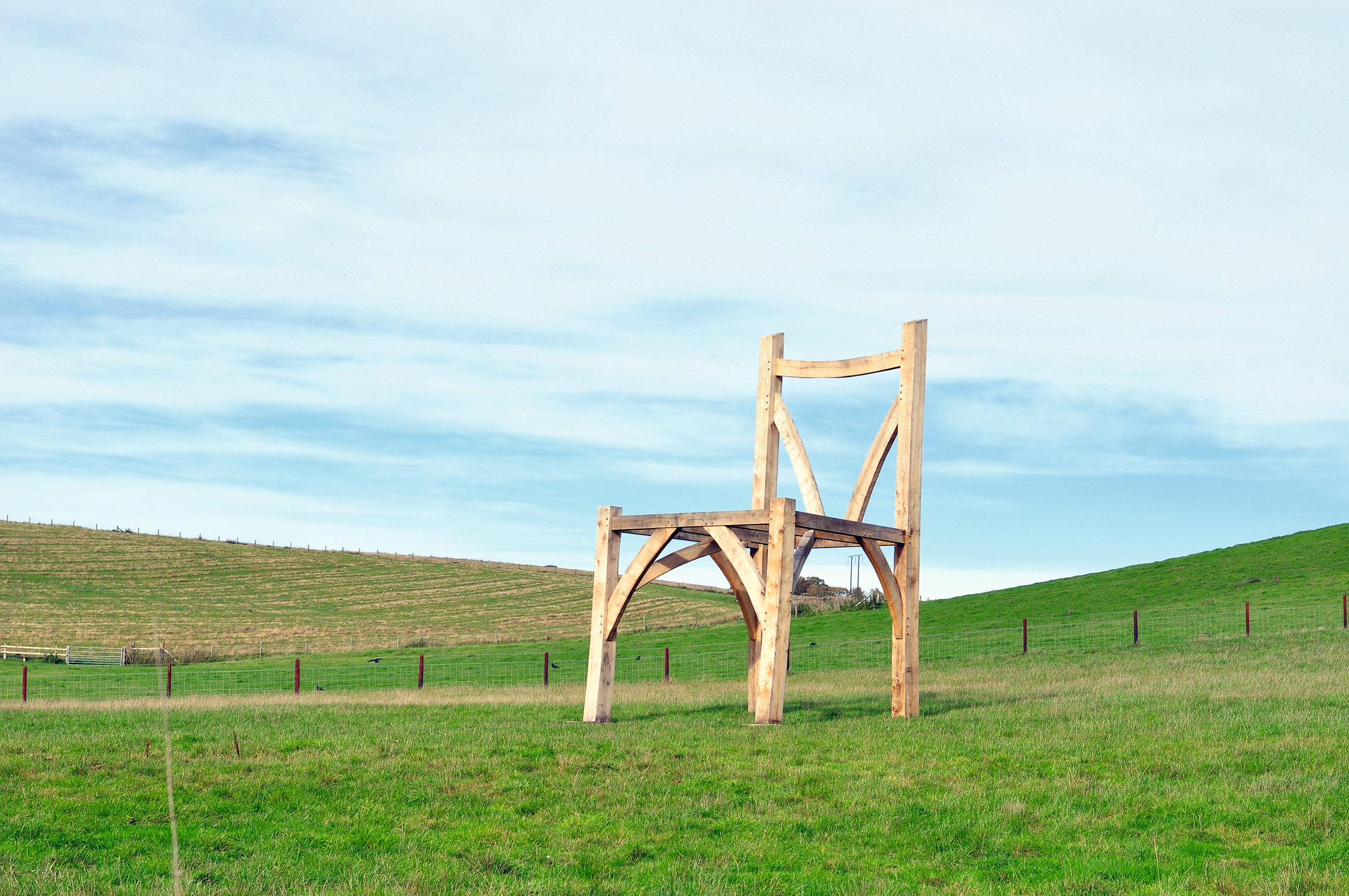
Salisbury
There’s Salisbury, too, 15 miles east of Tisbury — surrounded by charm, National Trust properties and the occasional sound of gunfire. This charming cathedral city, says Dominic Agace, CEO of Winkworth, has long felt too far to be a realistic commuting prospect and as a result, ‘it was a bit undervalued’ and ‘under the five days a week [regime] it was more of a retirement location,’ he adds. However, thanks to improved railway links — the train into Waterloo from Salisbury takes only 90 minutes — and the extension of flexible working, Salisbury is certainly a competitor.
The city’s emergence as a commuting prospect and that of its nearby villages — try Broad Chalke for a genuine thriving village community — is also down to house prices locally. Although Winchester, 25 miles away across the Hampshire border and much closer to London, has long been a traditional commuter town, average house prices are almost double that of Salisbury and, ‘although prices have gone up in Salisbury, they haven’t gone up anywhere near as much,’ says Jack Chitty, senior sales negotiator at Winkworth Salisbury. ‘Gone are the days when you could sell your three-bedroom flat in Clapham and move into a whole house in Winchester — but that can happen in Salisbury.’
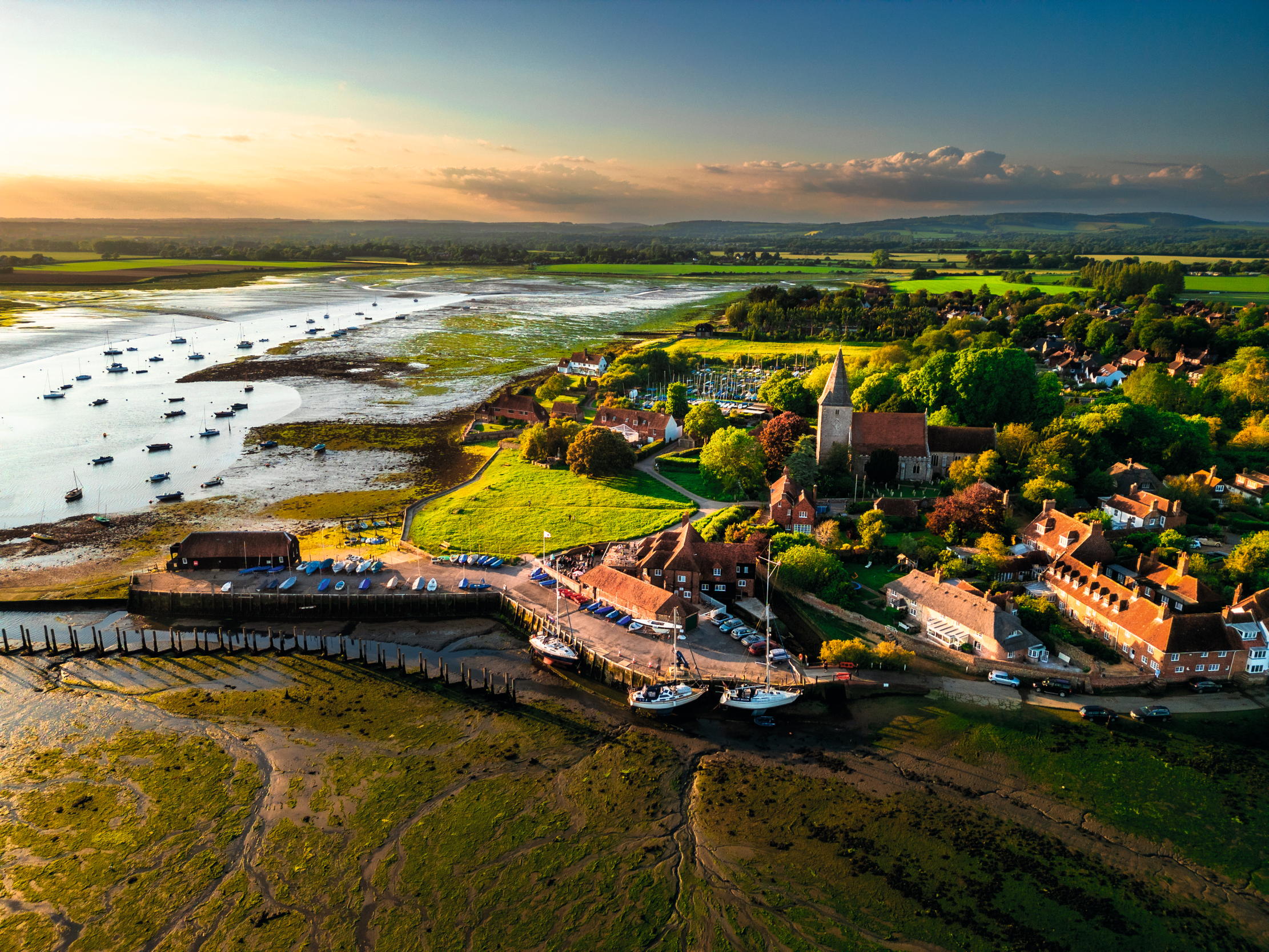
The best places to live south of London, from charming rural villages to picture-perfect spots beside the sea
With more and more of us commuting two or three days a week, taking on a one or two-hour commute

The best places to live in London, whether you want culture, shopping, bright lights, food... or a slice of relaxing country life within the M25
A side effect of the pandemic has been a rise in interest for country living, but with theatres, exhibition venues

The best places to commute from Warwickshire, Northamptonshire, Lincolnshire and even Yorkshire: 'Up here, you can have it all'
If you’re only in the office a few days a week, what does a little extra journey time matter? Annunciata

Credit: Strutt and Parker
Best country houses for sale this week
An irresistible West Country cottage and a magnificent Cumbrian country house make our pick of the finest country houses for
-
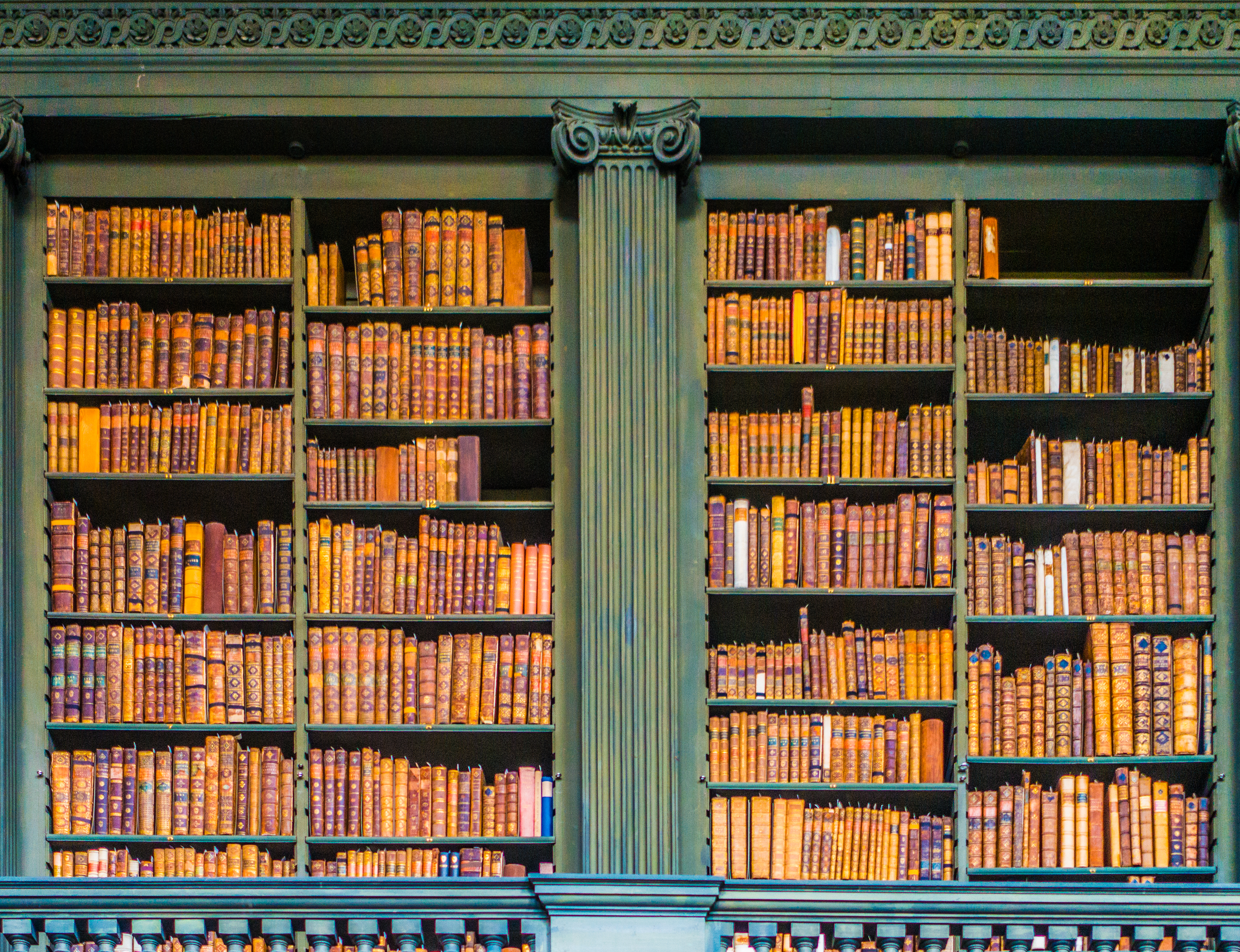 'To exist in this world relies on the hands of others': Roger Powell and modern British bookbinding
'To exist in this world relies on the hands of others': Roger Powell and modern British bookbindingAn exhibition on the legendary bookbinder Roger Powell reveals not only his great skill, but serves to reconnect us with the joy, power and importance of real craftsmanship.
By Hussein Kesvani Published
-
 Spam: The tinned meaty treat that brought a taste of the ‘hot-dog life of Hollywood’ to war-weary Britain
Spam: The tinned meaty treat that brought a taste of the ‘hot-dog life of Hollywood’ to war-weary BritainCourtesy of our ‘special relationship’ with the US, Spam was a culinary phenomenon, says Mary Greene. So much so that in 1944, London’s Simpson’s, renowned for its roast beef, was offering creamed Spam casserole instead.
By Country Life Last updated
-
 A mini estate in Kent that's so lovely it once featured in Simon Schama's 'History of Britain'
A mini estate in Kent that's so lovely it once featured in Simon Schama's 'History of Britain'The Paper Mill estate is a picture-postcard in the Garden of England.
By Penny Churchill Published
-
 Hidden excellence in a £7.5 million north London home
Hidden excellence in a £7.5 million north London homeBehind the traditional façades of Provost Road, you will find something very special.
By James Fisher Published
-
 Sip tea and laugh at your neighbours in this seaside Norfolk home with a watchtower
Sip tea and laugh at your neighbours in this seaside Norfolk home with a watchtowerOn Cliff Hill in Gorleston, one home is taller than all the others. It could be yours.
By James Fisher Published
-
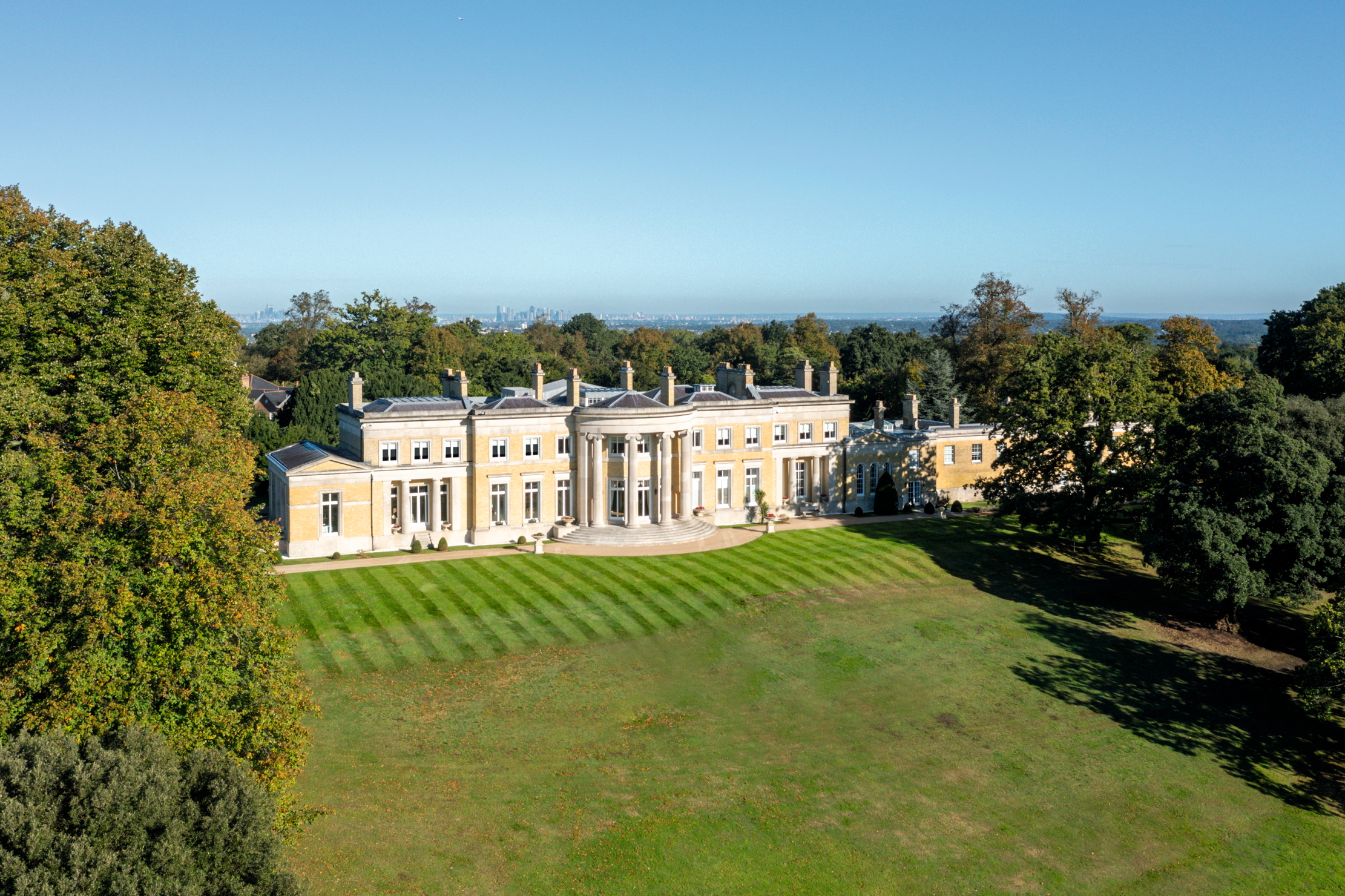 A Grecian masterpiece that might be one of the nation's finest homes comes up for sale in Kent
A Grecian masterpiece that might be one of the nation's finest homes comes up for sale in KentGrade I-listed Holwood House sits in 40 acres of private parkland just 15 miles from central London. It is spectacular.
By Penny Churchill Published
-
 Some of the finest landscapes in the North of England with a 12-bedroom home attached
Some of the finest landscapes in the North of England with a 12-bedroom home attachedUpper House in Derbyshire shows why the Kinder landscape was worth fighting for.
By James Fisher Published
-
 Could Gruber's Antiques from Paddington 2 be your new Notting Hill home?
Could Gruber's Antiques from Paddington 2 be your new Notting Hill home?It was the home of Mr Gruber and his antiques in the film, but in the real world, Alice's Antiques could be yours.
By James Fisher Published
-
 What should 1.5 million new homes look like?
What should 1.5 million new homes look like?The King's recent visit to Nansledan with the Prime Minister gives us a clue as to Labour's plans, but what are the benefits of traditional architecture? And can they solve a housing crisis?
By Lucy Denton Published
-
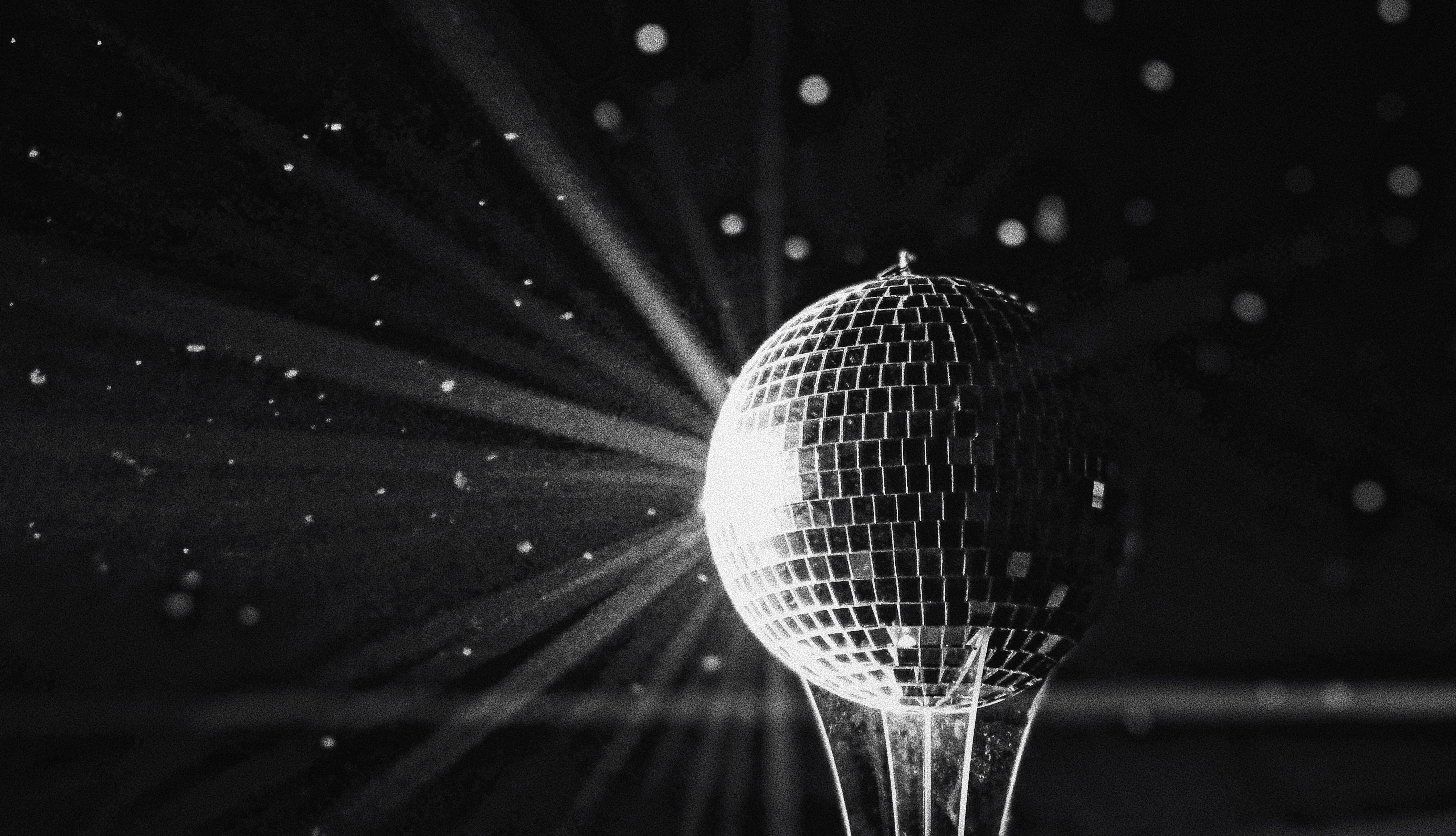 Welcome to the modern party barn, where disco balls are 'non-negotiable'
Welcome to the modern party barn, where disco balls are 'non-negotiable'A party barn is the ultimate good-time utopia, devoid of the toil of a home gym or the practicalities of a home office. Modern efforts are a world away from the draughty, hay-bales-and-a-hi-fi set-up of yesteryear.
By Madeleine Silver Published
